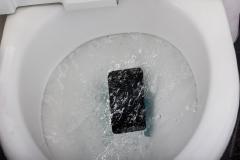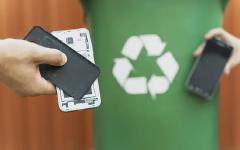Categories
10 ways to be greener with your phone (part 2)
7 minute read
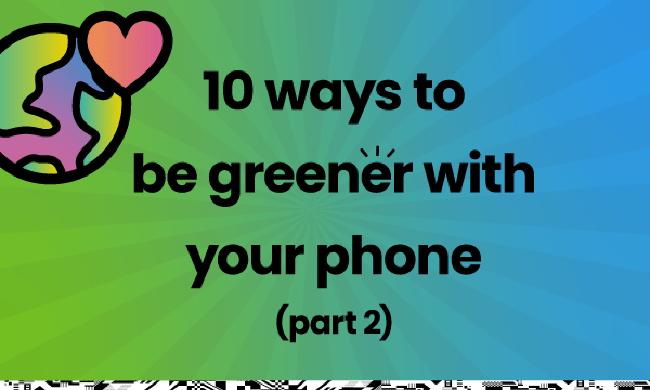
Last week, we looked into the first 5 ways of being greener with your smartphone. Some simple tips on saving energy and the battery life of your phone, without changing your daily habits too much.
In this week’s blog, we’re continuing our tips on ways to be greener with your phone. But this time we’re looking into ways of improving your phone’s life in sustainable ways.
Why are we looking at this? Well, if you don’t know, phones across the globe contribute to a high amount of carbon emissions. But there are ways to reduce the amount of CO2 produced by your phone usage.
Today we’ll be providing tips that will help save carbon emissions in the long run. Here we are, the next 5 ways to be greener with your phone.
6. Try to extend the life of your phone
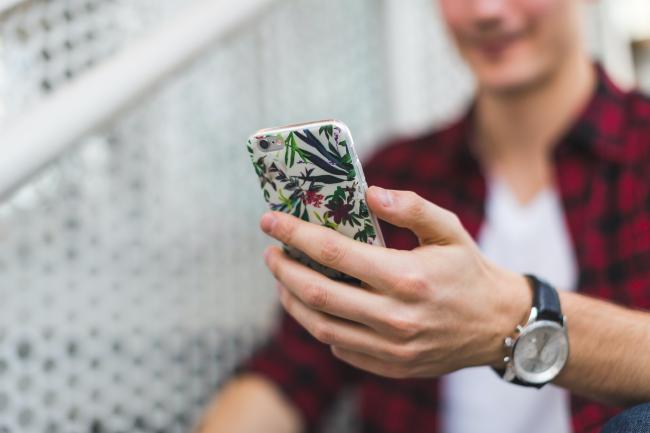
One of the biggest causes of CO2 in a phone’s lifecycle is it’s manufacturing process. There’s not a huge amount we can do to change that fact. But what we can do is be more conscious about this.
If you’re on a contract and it’s renewing, do you need to upgrade to the latest model? Or is the phone you have actually really good still?
Most smartphones are designed to last a good 4-5 years (or longer). But many people upgrade after their 2-year contract expires.
You can help save a lot of energy simply by taking care of and extending the life of your phone.
There are several, simple ways to do this too.
Physical protection: This might sound simple, but not everyone does it. Buy a case for your phone and a screen protector.
Knocks and bumps don’t just cause cracks and scratches damage to your phone’s screen or body. They can also damage the internals too, such as your camera or your battery.
The simplest solution to protect from this is by using a case. There’s loads of choices out there, including cases made from recycled or fully biodegradable materials. You can even get phone cases made from plant-based materials.
Update software regularly: Manufacturer-released updates ensure your phone is running as smoothly and efficiently as possible. They help protect from malware, security breaches and risks when you go online.
Stop burn-in damage: Modern OLED displays are technically more energy efficient and crisper than older LCD displays, but they are more vulnerable to ‘screen burn’ or ‘burn-in’.
This is when you start to see the faint ghost-like images of icons and text on your screen. This happens when commonly viewed objects (such as apps on your home screen) start to ‘burn’ their outline into the screen. Once it happens, it’s virtually impossible to remove the burn in.
But don’t panic. There’s a simple way to prevent this. Just lower the brightness of your screen and switch to dark mode/themes on apps.
7. Repair, don’t replace
If your phone has been damaged, don’t just chuck it. Hold the phone (literally). It might feel like an inconvenience, but sending your device to a phone repair specialist is a great choice.
Not only is it a lot cheaper than buying a new replacement, but it also helps save on e-waste, carbon emissions and it extends your phone’s life.
Your phone’s been good to you, hasn’t it? Why not give it a second chance?
8. Buying a new phone? Choose refurbished

New phones are great. They have the latest tech in them and give you an exciting thrill when you unbox them. We know this.
But refurbished phones are great too. Thanks to app developers and phone manufacturers releasing regular updates, they take a very long time to become redundant. So refurbished phones are a great money and planet-saving alternative to buying new.
As mentioned before, the manufacturing stage of a phone’s life is where its biggest carbon footprint comes from. Mike Berners-Lee, author of How bad are bananas? The carbon footprint of everything believes that the carbon footprint of the world’s 7.7 billion phones is already around 580 million tonnes of CO2.
Every phone roughly generates 80% of its lifetime carbon emissions before it even leaves the factory. So by choosing a refurbished phone over a new model, you’ll help lower demand and reduce the over-manufacturing of new devices. Plus you’ll get a great deal, so it’s better for your wallet.
At giffgaff, we’re already making headway when it comes to refurb phones. In 2019, almost half of all phones we sold were refurbished. And that number has continued to increase year-on-year, with over 60% of our phones sold in 2021 being refurbished. Mind you, that’s not surprising, take a look at some of the fantastic pre-owned models you can buy today.
And while we’re on the subject of buying second-hand…
9. Recycle old phones
This one’s surely a no-brainer. When it finally comes time to wave au revoir to your current phone, don’t just chuck it in the bin.
Not only will you be contributing to the 41 million tonnes of e-waste produced each year worldwide, you’ll also be the scourge of all your mates since more than 4 in 5 people are concerned about the impact of e-waste on the environment.
Whether your old phone joins the circular economy and becomes someone else’s trusty mobile, or is taken apart and used for bits ‘n’ pieces (did you know up to 80% of the components in a smartphone are recyclable?), you’ll be making a hugely positive impact on the environment.
And, best of all, when you recycle your phone with giffgaff, we’ll give you cold, hard cash, which you can put towards your next phone.
10. Choose a more environmentally-friendly phone model
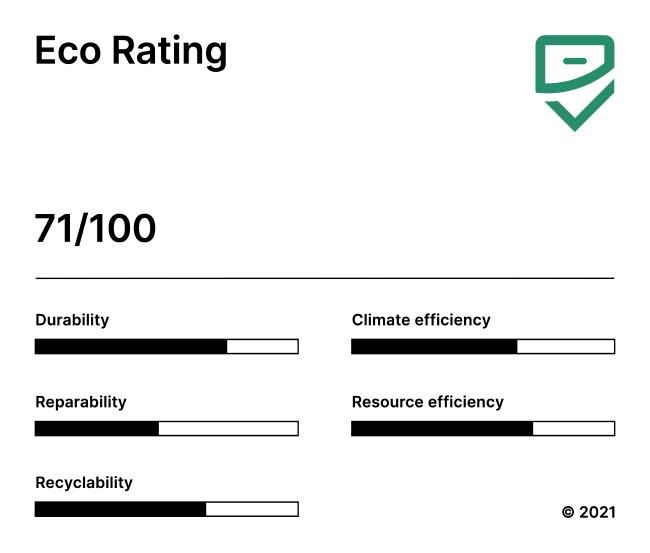
If you’re looking to buy a new phone, but want to be conscious about the environment, then you can look into which phone models are made more efficiently.
Quite a few modern phones have started using recycled materials from older phones. No, we’re not saying your phones will have old tech in them. But precious, raw materials, such as gold and platinum, make up some key components for your phones.
These resources are limited, so rather than the costly and damaging process of constantly mining for these, phone companies recycle parts of old phones to make new ones. But each manufacturer and phone model is different.
At giffgaff, to help users identify which phones are more environmentally friendly, we’ve partnered with Eco Rating. A company founded by mobile networks in Europe, who’ve teamed up with phone manufacturers to show the efficiency of the phones throughout their lifecycle.
With our Eco Rating system, you can quickly see which phone models are more efficient. While some of our older models don’t have an Eco Rating (because they were made before this system was created) we aim to have all our future phones on the Eco Rating system.
Enough small impacts make a big dent
Lots of little efforts can make a big difference in the end. This works both ways; individually our phones might not produce much CO2, but combined with billions of other phones out there, the damage is great. But equally, this means that if everyone makes small changes for the better, then the improvements can be great too.
Some of these tips might take a little adjustment, but they will become second nature after some time. And you can extend these practises to many other devices, including your smart TV, laptop and appliances as well.
You still get to enjoy your phone to the fullest, but also have the satisfaction of knowing that you’re doing your bit to help the environment. Even if the impact is small, it’s worth it.
Because enough people like you also make a small impact, then perhaps we can make an impact big enough to save the world.
Or if you have your own ideas on how to make your phone use greener, then be sure to share it in our Community thread.
Or, for other tips, check out our other sustainability ideas elsewhere on our blog.
